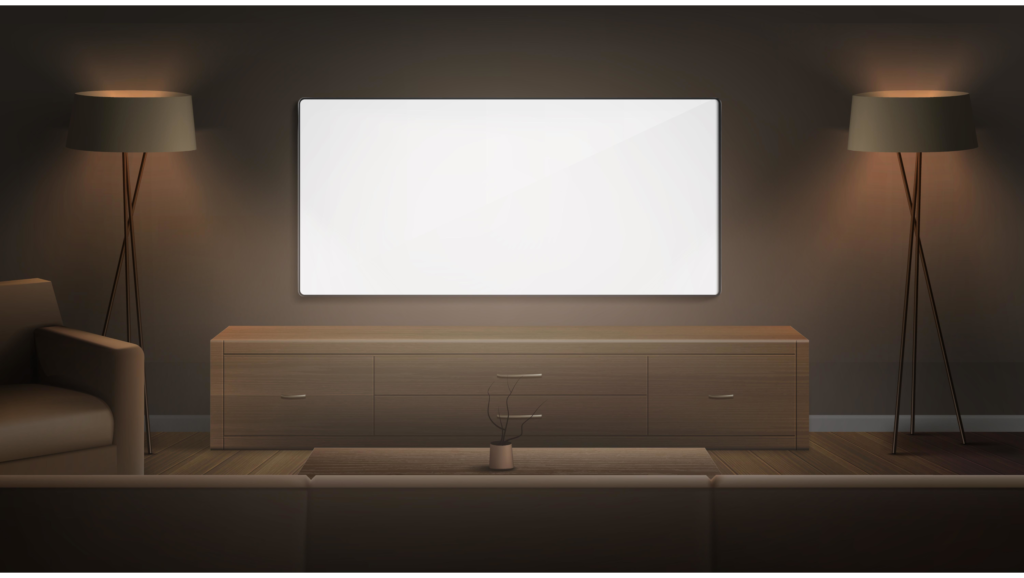How are CTV Ad Breaks Evolving?
by Mathew Broughton on 28th Sep 2021 in News

In association with Publica.
In this article written exclusively for ExchangeWire, Paul Gubbins, VP, CTV strategy, Publica, discusses why publishers need to remedy consumer-unfriendly advertising breaks in connected TV (CTV) streaming, alongside the fixes available.
If the promise of the addressable TV landscape is ever to truly materialise, we must collectively build the streaming ad breaks that match the viewing experience consumers are used to, and provide the controls for advertisers that have historically been made available to them in their traditional TV ad buys.
So where are we today?
Many think clunky ad breaks in CTV is the price they have to pay to watch back-to-back episodes of free streaming content. However, some viewers are starting to realise this is not the case and are migrating to other free services where the ad breaks do not bombard them with the same ads back to back, or leave them with a big screen TV displaying a loading wheel!
Many streaming publishers who have been quick to implement a programmatic-first server-side ad insertion (SSAI) to provide ad buyers with the same controls (and more) they were used to in the traditional TV world would not only see a massive increase in advertiser demand, but their viewers would spend more time on their services also and be more receptive to the ads that were being targeted to them.
When Publica reference controls, we mean the ability for advertisers to manage things like frequency and competitive ad separation, controls traditional broadcasters have made available to TV advertisers for many years but are not yet readily available on all ad-supported streaming services.
How are streaming publishers thinking about ad breaks?

Paul Gubbins, VP, CTV strategy, Publica
Reports show that people are watching more TV than ever before. However, it is increasingly TV that is connected to the internet, a CTV, streaming OTT content.
Semantics and TV naming conventions aside, the TV experience is still very much a lean-back medium for viewers. It still sits at the centre of the family living room and it is still the most powerful way to connect with and engage consumers.
Global lockdowns and SVOD fatigue (DSP The Trade Desk reported in their Future of TV report UK viewers don't want to spend any more than £20 collectively on their streaming services) have pushed consumers to adopt ad-supported video on demand (AVOD) and free ad-supported streaming TV (FAST) services quicker than ever before and many CTV publishers now find themselves with more inventory than their direct sales team can sell.
As a result, most premium ad supported services are now working with SSPs to expose their inventory to advertiser demand via DSPs.
However, many publishers are struggling to meet DSP requirements for controls such as competitive ad separation, creative de-duplication, and frequency management within the ad breaks DSPs are looking to bid into.
So why are CTV ad buyers struggling to get the controls they need?
To date, many publishers have been using server-side ad insertion (SSAI) methods that deliver content and ads in one seamless stream to the end-user. This method has worked well historically when a publisher’s direct sold book of business were the only ads they had to prioritise within their ad slots and pods, ads were preloaded and the SSAI practice worked.
However, fast-forward to 2021 and, as we have learnt, many publishers are now opening up their growing streaming supply beyond the reach of their direct sellers and looking to capture incremental programmatic demand (this year, advertisers are expected to increase their CTV ad spending in the US by 48% year-on-year to top USD$13.4bn (£9.79bn) and to spend USD$6.7bn (£4.9bn) specifically on CTV ads purchased programmatically according to eMarketer), increasingly via a unified auction of multiple SSPs all competing equally for an ad slot within a publishers ad pod, also known as header bidding.
What some streaming publishers are now finding out as they open up their inventory to SSPs and DSPs for the first time, is that their SSAI infrastructure is struggling to deliver a seamless stream of content coupled with ads due to the volume of programmatic demand. This far outweighs anything the legacy SSAI pipes had to process previously.
A lot of legacy ad serving infrastructure in streaming is ill-equipped to support OpenRTB demand and is now creating a slow ad load experience for both advertiser and end-user within CTV environments.
Ad-supported streaming publishers in 2021 have the audiences that advertisers are desperate to reach, however, for some, their current SSAI infrastructure that underpins their ad break strategy in OTT environments is a barrier to growing their demand.
How does this all impact the viewer then?
Although many viewers have made an active decision to watch an ad-funded streaming service, our experience would be vastly improved and our appetite to engage with an advertiser if we did not see the same ads multiple times in the same ad pod, or had to sit staring at a blank screen that was buffering, we would also watch more content.
It can be an easy fix for publishers to improve the viewers' streaming experience and propensity to interact with the ads.
What impact do poorly constructed ad breaks have on CTV advertisers?
Advertisers and their agencies are now fully aware of the importance of streaming environments as a means to engage with their target audiences and many want to dial up their ad spend. However, they already have checklists to navigate in the form of CTV identity, measurement, and brand safety and do not need increased complexities in the form of poorly constructed ad pods impeding their ability to target and manage frequency.
Advertisers are looking to buy across streaming environments that make it easy for them and give them the controls they are familiar with and align with their linear TV buying practices. If they are new to TV advertising and approaching CTV with a digital mindset then the ability to at least manage frequency will be a prerequisite for many, if not all!
How are smart programmatic buyers approaching CTV?
During a streaming ad break, SSPs can hold multiple auctions for the AVOD publisher and this means you can have a number of DSPs returning the same or competitive ads for the same ad slot all running back to back in the ad pod. To compound this problem, critical data signals such as the advertiser domain are only present in about 34% of CTV bid responses today that we see at Publica. The IAB category of the ad is passed in 51% of cases.
It is for reasons like this that advertisers and their DSPs are now proactively seeking out ad supported streaming publishers who have constructed their ad breaks in a way that can give buyers the confidence and controls they need.
We expect many buyers in 2021 to start including "Ad Pod" features in their advanced CTV supply path optimisation (SPO) practices and we will start to see DSPs optimise towards the streaming publishers who can support controls such as frequency, via solutions like Elea that was recently launched by Publica to identify the brand behind a video ad, and detect which advertiser is about to run programmatically, even when advertiser information isn’t provided by a buyer.
To summarise
There is a growing number of AVOD services and users have a lot of choices. We must try to understand that the ad break experience is almost as important as the streaming content itself. If it is weak in comparison to your competitors, you are going to lose viewers.
The programmatic-first SSAI tools exist today to help streaming publishers to construct advanced ad pods and advertisers have clearly illustrated their appetite to spend in ad-supported streaming environments.
Make it easier for them to do so or risk losing these budgets to other publishers that have been quick to meet the buy sides needs for greater controls within AVOD ad breaks.
TV advertising works, it has done for over 50 years. However, it will slowly become less effective if we continue to deliver streaming ad breaks on CTV in a way that irritates viewers and leaves advertisers struggling to manage the basics such as frequency.
Let’s ensure we build an ecosystem that can sustain TV advertising for the next 50+ years and get smarter about the way we construct ad breaks on ad supported TV content being streamed via CTVs.








Follow ExchangeWire